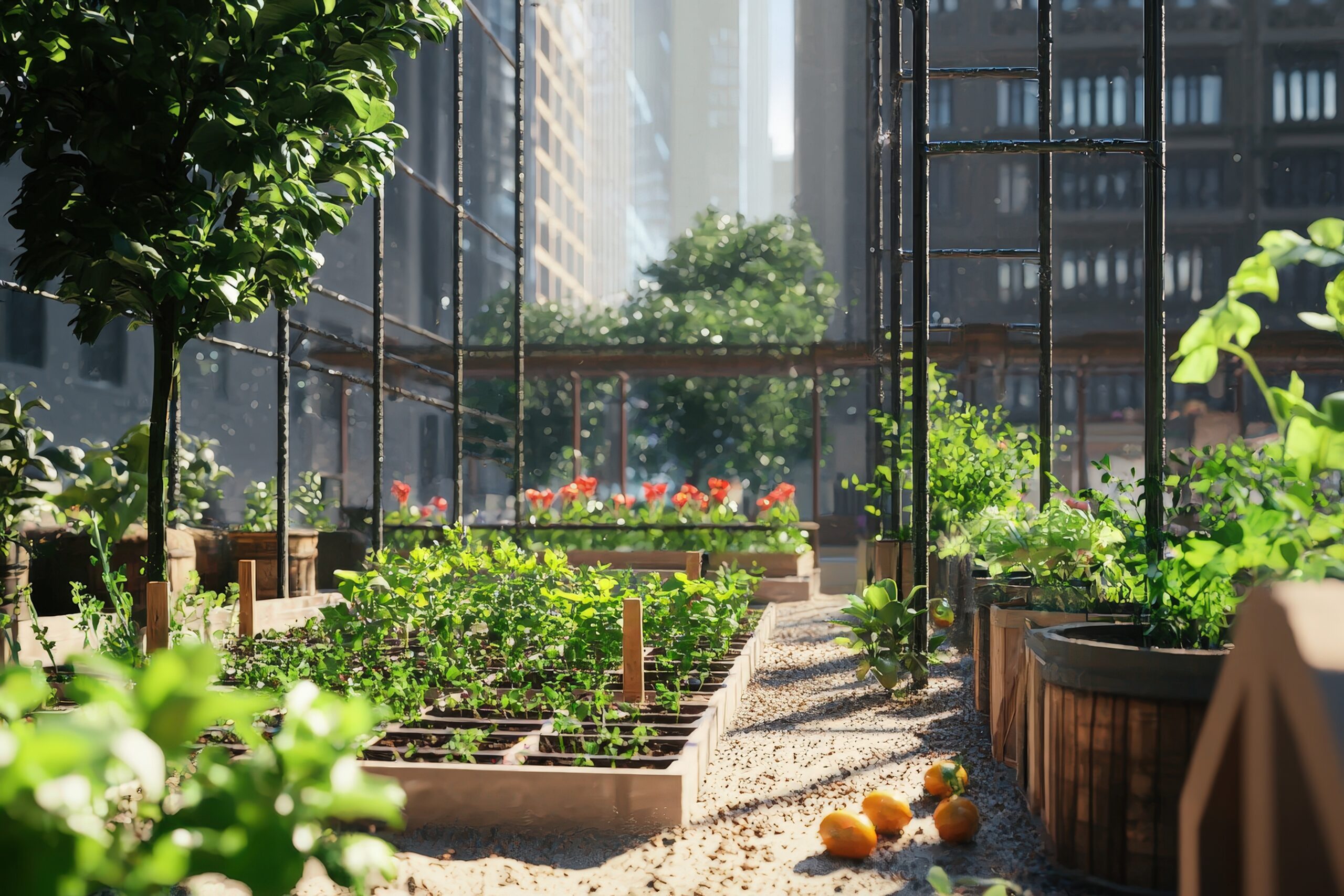When I first got into urban farming, I did what a lot of people do—I assumed that the more advanced the technology, the better the results. I bought sensors, timers, cloud-connected monitors, and all the other gear that promised to “revolutionize” my garden. But after enough failed harvests, water-logged systems, and software bugs, I realized something: the more complicated my setup became, the less control I actually had.
Today, my aeroponic systems run on a simple philosophy—less is more. They’re powered by solar panels, controlled by basic analog timers, and built with tools most people already have in their garage. I don’t use apps or Wi-Fi. If something breaks, you fix it with a screwdriver, not a software update.
Let me tell you why simplicity isn’t just a personal preference—it’s a necessary principle for real, resilient urban farming.
Complex Systems Break Faster
Here’s the thing about smart tech: it works great… until it doesn’t. A single broken sensor, failed Wi-Fi connection, or app update can throw your entire farm out of balance. I’ve seen it happen too many times. People set up beautiful, high-tech vertical gardens, and then they miss one alert, or a server goes down, and the plants are ruined in 48 hours.
That’s not farming. That’s tech management.
When I started removing these digital layers and simplifying my systems, everything got easier. My pump runs on a mechanical timer. My water reservoir is measured with a stick. I check pH levels with a $10 kit. It’s not glamorous, but it’s reliable. And when something goes wrong, I can see it, touch it, and fix it fast.
Most People Don’t Need Automation
Automation sounds convenient. But let’s be honest—most backyard farmers or school gardens don’t need to track their kale’s root temperature from a smartphone. They just need to keep their plants healthy, their water moving, and their systems clean.
I’ve helped teachers, restaurant owners, and teenagers build functioning aeroponic towers using off-the-shelf parts. Not one of them needed Bluetooth, Wi-Fi, or a proprietary dashboard. What they needed was understanding. When you rely too much on smart tech, you lose the opportunity to learn what your plants actually need. You start trusting numbers more than your senses.
Plants don’t need Wi-Fi. They need water, light, air, and attention.
Simplicity Builds Confidence
One of the most powerful things I’ve seen is the confidence someone gets when they build their own system and understand how it works. That’s hard to do when your garden relies on a box full of software-controlled components.
When you build something simple—a bucket, a pump, some tubing—you’re not just growing food. You’re building trust in yourself. You know that if something fails, you can take it apart and make it work again. That confidence creates momentum. People start trying more, growing more, teaching more.
You can’t get that from a $300 smart garden that comes with an app and a monthly subscription fee.
Simple Systems Are More Inclusive
Urban farming should be for everyone, not just people with a tech background or a big budget. A lot of the smart gear out there is expensive, locked behind paywalls, or too complex for the average user to set up without help.
Simplicity levels the playing field.
I’ve worked with veterans who’ve never grown anything before, teens in low-income neighborhoods, and teachers with no technical training. When you give them a simple system that just works, they get to focus on what matters—planting, caring, and harvesting.
No passwords. No calibration software. Just plants and people.
Nature Is Already Smart
Here’s something we forget: nature has been running its own system perfectly for billions of years. Roots know how to seek moisture. Leaves know how to turn toward light. Seeds know when to sprout. All of this happens without code or cloud-based analytics.
Smart tech tries to optimize this process—but often, it ends up interfering with it.
The more I farm, the more I realize my job is to support nature, not control it. I want to work with the natural cycles, not override them with sensors and commands. That’s why I design my systems to be responsive, not reactive. I watch how the plants behave. I test my water by feel and smell. That feedback loop—between me and the plants—is more valuable than any app notification.
When Simple Systems Scale, They Stay Resilient
People often ask me if I plan to “scale up.” My answer is always the same: I want to grow deep, not just wide. Because a system that’s complicated on a small scale will be a nightmare when you multiply it.
But when you start with a simple, low-cost, low-maintenance setup, you can build ten, twenty, even fifty of them—and the principles still hold. You can train others easily. You can fix issues quickly. You can adapt to change.
That’s true resilience. And in urban farming, resilience matters more than flashy features.
Final Thoughts
I’m not against technology. I use solar panels. I monitor growth patterns. I believe in innovation. But there’s a difference between useful tech and unnecessary tech.
Urban farming isn’t a race to the most advanced gadgets. It’s about growing food where it’s needed, using tools people can afford, understand, and repair. It’s about helping communities build food security, not tech dependency.
So if you’re starting out or feeling overwhelmed by all the options—take a breath. Start small. Use what you have. Build something simple that you can run.
Because when it comes to growing food, simplicity isn’t just a shortcut. It’s the foundation.
